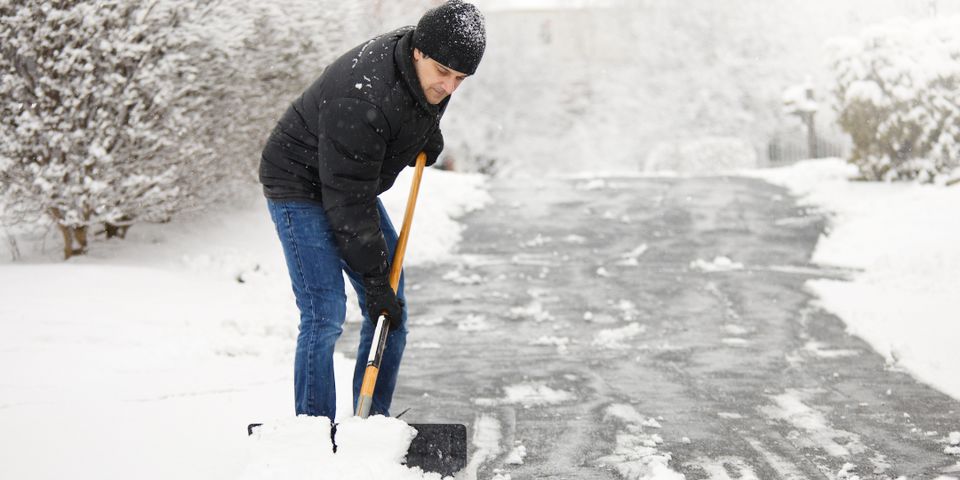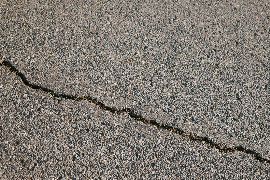3 Winter Maintenance Tips for Concrete

Concrete pavement is susceptible to damage during winter. The frequent freeze-thaw cycles, for instance, can cause cracks to form in the material. Deicing salt that seeps through the porous material can also cause damage from within. To help your concrete driveway, sidewalk, and/or parking lots get through the coldest season unscathed, follow the advice here.
How to Care for Concrete During Winter
1. Fix Damaged Areas
Cracks are like open wounds on concrete surfaces. During winter, rainwater, melted ice, and snow can filter into the fissures. The water freezes and expands when temperatures drop. The force causes the cracks to spread. Before this can happen, put a cracker filler or epoxy resin sealant in the crack(s) to close the opening.
2. Invest in Sealcoating

For an added layer of protection, reach out to a professional for sealcoating services. Technicians will apply an acrylic resin or polyurethane film on the pavement. The sealcoat covers the pores to prevent water, chemicals, and UV rays from penetrating the material.
3. Use Deicing Salt Alternatives
Although deicing salt quickly melts snow and ice, it can also damage the concrete underneath. The chemicals can seep into the material and corrode the rebar layer. This will make the material more susceptible to cracking. To prevent this concern, use sand or kitty litter instead of deicing salt. Sand absorbs sunlight to help snow and ice melt quickly, while kitty litter provides traction to prevent slip and falls on slick surfaces.
For concrete maintenance, contact the crew at Melvin Hubbard Concrete Construction Inc. in Broken Arrow, OK. Since 1990, these professionals have been pouring new concrete on clients' properties throughout Tulsa and Wagoner counties and performing upkeep and repairs when needed to extend the life of the pavement. See a list of available services online, and call (918) 857-1163 for an estimate.
About the Business
Have a question? Ask the experts!
Send your question

